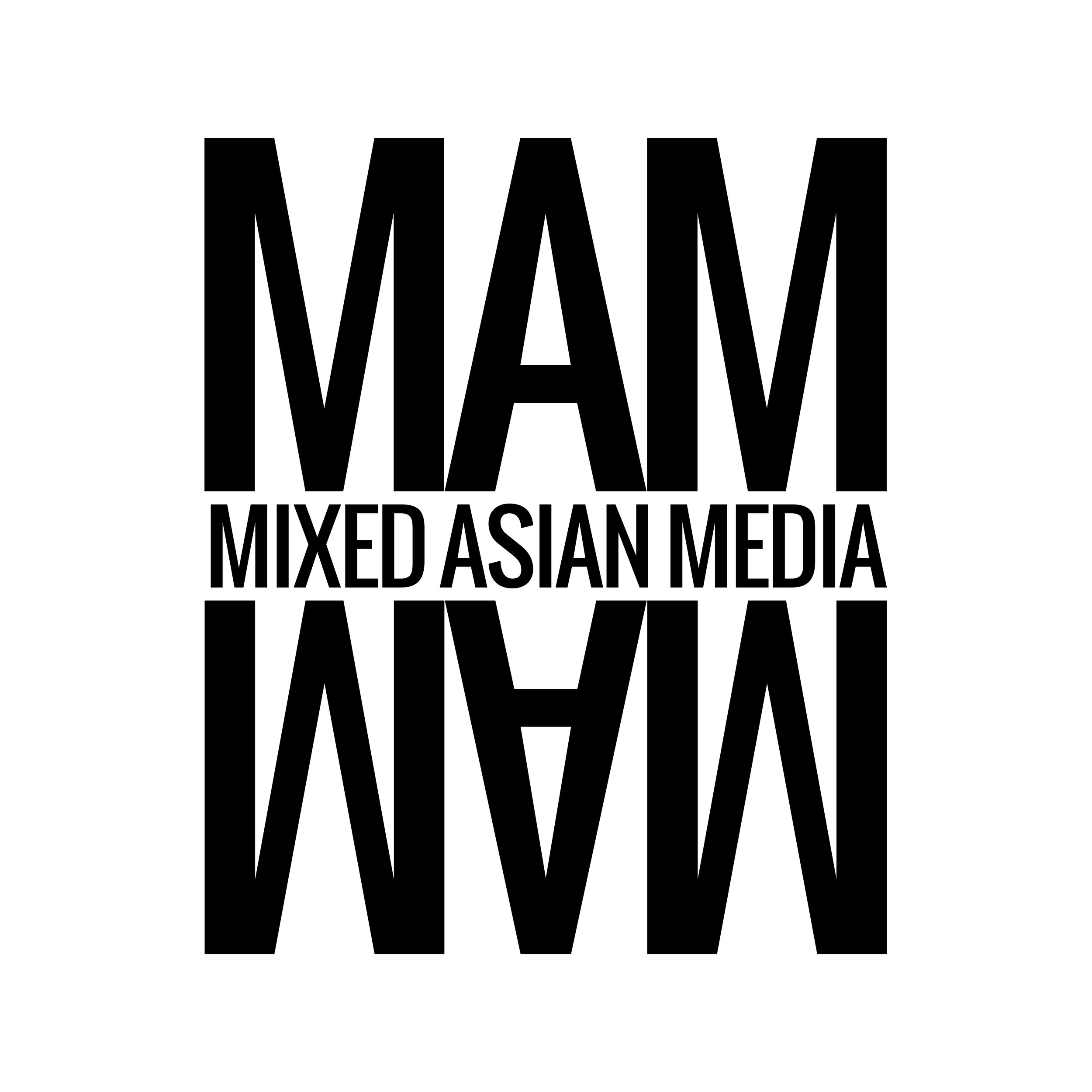Art Of The Eye: An Interview With Cinematographer Zach Grullon
By Nathan Liu
In the collaborative enterprise that is filmmaking, few roles are as vital as that of cinematographer. After all, if a movie didn’t have someone capturing the plot and characters with a camera, it wouldn’t really be a movie, would it? But of course, cinematography is more than simply recording action on film. And it’s more than just creating pretty images. It’s an art form unto itself, where light and shadow converge and are used to enhance the storytelling by creating emotionally affecting sensations. Few people know this better than my good friend, and fellow Hapa, Zach, who spoke with me about cinematography, his process, his background, and his opinions on the role of personal identity in one’s art.
Interview
Zach Grullon
What’s your name? What’s your profession?
Zachary Grullon, freelance cinematographer.
How long have you been a cinematographer? How did you get into the field?
That is always a tough question to answer because it’s hard to say when I officially started as a cinematographer. I was always shooting thesis films and friends’ projects while at NYU Tisch School of the Arts just for the sake of building up a reel, but a majority of those projects are no longer on my portfolio. In June of 2017, after working at a camera rental house for a year after graduating, I officially went full-time freelance. So, technically, I’ve started making a living solely as a cinematographer for the past two years. But as a person who picked up a camera, filmed random stuff, and edited it into a “movie,” that goes back to when I was a teenager in high school making B-movies with my friends.
What’s your process when it comes to cinematography? Is there a particular type of camera you favor? Do you like certain lenses? High-key lighting or low-key lighting?
My process for cinematography is determining the motivation behind each shot before filming it. Why should the camera be placed in a certain position? Why is the camera moving the way it is? How do the actors block the scene in relation to where the camera is staged? This adds layers to your cinematography beyond pretty visuals. I always try to remind myself that there was a time motion pictures had no sound and relied solely on the image. So it is crucial to breakdown whatever script you have - whether for commercial, music video, or narrative - and have the cinematography reflect the context of the project. Never shoot something because it will look pretty for your reel. A well-shot, completed project is worth more than a nice shot for your portfolio.
Throughout my career, I have worked on several different formats and cameras, but most of my recent projects have been shot on the digital format by way of the Arri Alexa Mini. That camera has the best color science in the digital market today, in a very compact size, which makes shooting on handheld effortless.
For a while, I always enjoyed shooting on vintage lenses such as Cooke Panchros, Zeiss Super Speeds, and Lomo Anamorphics. A common complaint you hear from cinematographers about the digital format is that the image is too clean. You can use vintage lenses to give the image more texture and less detail for a more natural look, however, they can be difficult to use on set for focus pullers because of their outdated ergonomics. Recently, I’ve found myself using newer lenses such as Cooke S4s and Zeiss Master Primes to make focus pulling easier. If the project calls for a softer image, I’ll use a diffusion filter called Classic Soft.
I always prefer low-key lighting with a ton of contrast, if the project calls for it.
Who are your influences when it comes to cinematography?
I have always admired cinematographers that embraced shadows. Bradford Young, Gordon Willis, and Darius Khonji are a few that come to mind. Unfortunately, I’ve had clients and directors who feel the only way to represent the talent in front of the camera is by throwing as much light as possible, and that cannot be more untrue. Contrast and shadows, on the right projects, can enhance an image and make the audience more engaged.
I’m also a big fan of cinematographers that indulge in deep colors, like Vittorio Storaro and Benoit Debie. The former has his own brand of gels used to add dense color to lighting, and I use them on a ton of projects for a stylized look.
And I can’t forget Robert Richardson, who is the king of everything as far as I am concerned. Lighting, color, composition, movement.
What types of projects do you tend to work on now? What’s your big dream shoot?
Lately I have been shooting more commercial work than narrative. The commercial genre allows me to experiment with visuals more than narratives, where experimentation has to take a backseat to to allow the story to unfold. I don’t have a big dream shoot per se. My career goal as a cinematographer would be to find consistent work as a DP in commercials and occasionally dip my toes into narrative features, when I find the right script.
And now for the awkward, but obligatory question, what is your ethnic background? What do you identify as
I’m half Dominican and half Chinese. In the past, I’ve jokingly told people I identify as “not white,” but I have never been a big fan of labeling myself as a particular ethnic background. I look more Asian but speak more Spanish than Chinese. I look like a person of color, but I grew up predominantly around white people, and most of my friends are white.
What was it like in your household growing up? Was there a mix of Dominican and Chinese food being served? Did you learn Spanish and Mandarin? Or was the primary language English, and the primary diet American staples?
There was definitely a clash between Chinese and Dominican culture growing up in my household. The Chinese culture on my mother’s side of the family had a more stoic method of living, whereas on my father’s Dominican side, there was more liveliness and expression. Neither was better than the other, but nevertheless, it certainly was an interesting experience as a kid. One weekend I was in Elmhurst eating steamed pork buns, watching my grandmother practice Buddhism, and on another weekend I was dancing to merengue and eating mondongo in Cypress Hills. I used to be trilingual and knew Cantonese, Spanish, and English, but I lost most of my ability to speak Cantonese when I became a teenager.
Something that many mixed people talk about is being confused for other ethnicities. My father, for instance, is occasionally mistaken for Latino. Does this happen to you”? If so, what do you often get mistaken as?
Where do I start? Most people think I’m Filipino. I recently shot a short film with a Nepalese cast and crew, and when I met them for the first time during pre-production, they said I could pass as a Nepali individual. When I was 18 and just moved into New York City, some woman tried to push me in front of a subway train saying I was a “dirty Muslim.” I have also been told by some of my colleagues that I look Serbian. It is certainly annoying, because I’d rather people get to know my personality than figure out my racial background.
I once heard someone say that the best cinematographers are outsiders, because they see the world from a different perspective. They bring something unique that no one else has, and it is true that many of the most influential cinematographers in American film history—Vilmos Zsigmond, James Wong Howe, Emmanuel Lubezki— were foreign born. Do you think that being an outsider can improve one’s work? Has your identity as a mixed person shaped your cinematography?
I don’t think that being an outsider can improve one’s work, but it definitely provides a different perspective. There’s nothing about my mixed race that has shaped my cinematography. My memories and experiences from the past two and a half decades I’ve lived on this earth influence my camera work, and yet most of those are universal and have nothing to do with race. Whether it’s the sun dappled through the trees as I walk through a park, warm tungsten lighting while talking to a girl at a party, or the morning light coming through a window as I wake up in a small apartment, cinematography comes from my prior palpable sensations.
There are certain directors, like Justin Lin, who always try to infuse elements of their cultural background into their work, even when they’re making big commercial movies. And then there are other filmmakers, like Cary Fukunaga, who I don’t believe have ever made a movie with an Asian lead, or that have directly addressed Asian-American identity. It’s the question of being an ethnic artist vs. being an artist who is a certain ethnicity. Which side of this debate do you tend to fall on, and why?
I am somewhere in between. Over the past few years, I have met several Asian filmmakers in New York City whom Justin has mentored and helped to produce their films. I do admire that. I also admire filmmakers like James Wan, as well as Ang Lee, Gregg Araki, and Cary Fukunaga who do not pigeonhole themselves into only making films about Asians. The important aspect about this is for Asian filmmakers to have the ability to make whatever film they want, whether it speaks on their cultural background or not.
There’s been a lot of talk about representation and inclusion in front of the camera, but what about people (literally) behind the camera?
I feel that “inclusion” in front of the camera can be problematic. There is nothing worse than seeing a white filmmaker shoe-horn people of color into their movie with the sole purpose of meeting a quota. Often times, the character in question comes across as a stereotype rather than a fully fleshed out character. I think that by having people of color behind the camera, whether as a director, producer, or writer, you can remedy this problem. What you then see are more interesting stories and characters told from the perspectives of different cultures and ethnicities because the people behind the camera can make these movies with more honesty and respect.
Overall, do not make diversity a quota.
Is there a message that you like to convey through your imagery?
Not particularly. I believe that art should be consumed and dissected in whatever fashion suits the viewer. That’s what makes art so wonderful.
If there’s one thing you’d like people to remember your art for, what is it?
That I was always trying to evolve as a filmmaker and strove to never do anything twice.
End of Interview
Nathan Liu is a screenwriter, playwright, and true blue pizza addict. Spending most of his early life in Germany, and being part Chinese on his father's side, Nathan was exposed to many different cultures growing up. His experience in film and theater includes penning scripts for Pixeldust Studios, and writing the play "Christmas By The Pond," which was awarded "Best One Act" at the Broke People Play Festival. Follow him on Twitter @TheNathanLiu, and read his blog, Liusviews.wordpress.com.




By Will Varner & Cody Silver
Two Hapa nerds, Will and Cody, discuss the mixed identity characters that they’ve loved (and struggled with) over the years and what each one signaled to them about being mixed race. Complete with their own amazing illustrations!